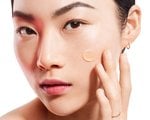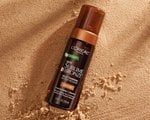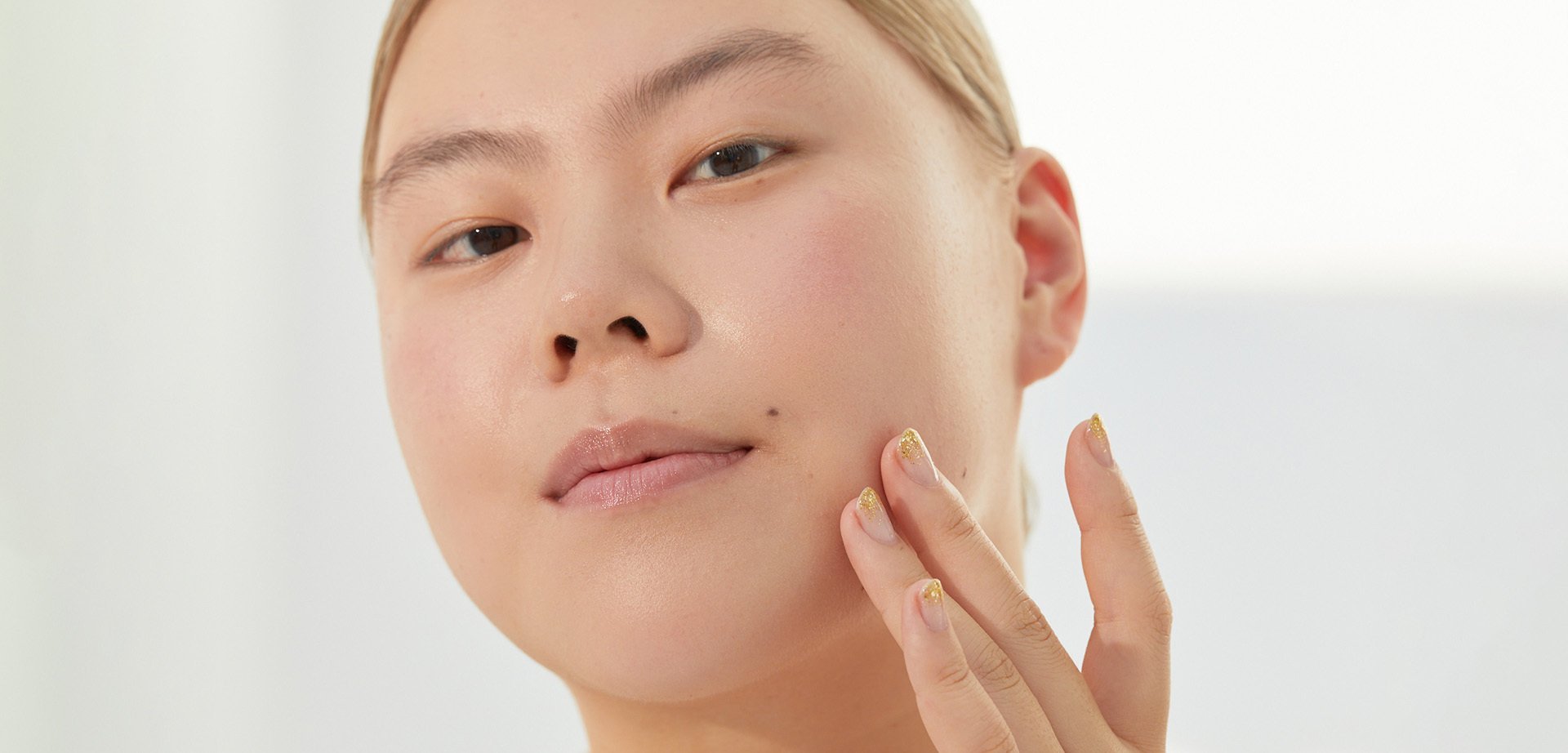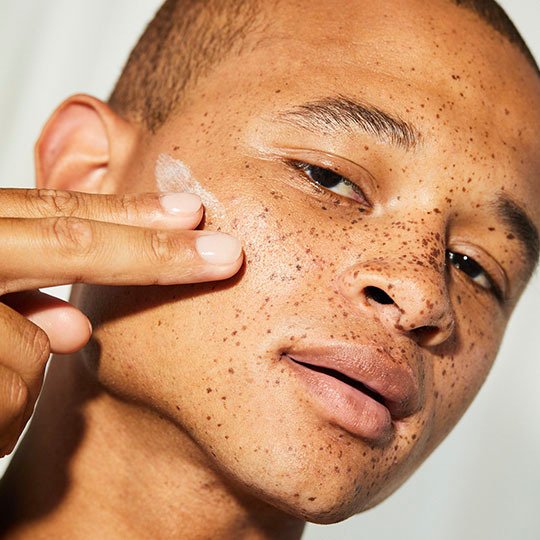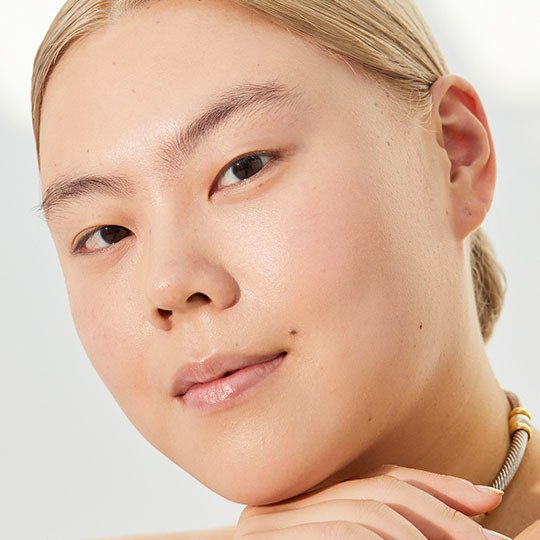The Ultimate Guide to Sun Safety
April 10, 2017
With beach days and outdoor BBQs on the horizon, there’s no better time than now to remind ourselves how to properly protect our skin from the sun’s harmful UV rays. As a refresher, UV radiation from the sun can contribute to premature skin aging, as well as some skin cancers. Some skin cancers, like melanoma, may be fatal in some cases. In fact, the American Cancer Society estimates about 87,110 new melanomas will be diagnosed in the U.S. in 2017, with about 9,730 deaths due to the condition. Make it your mission this year (and all those that follow) to stay safe in the sun. Ahead, we share the risks associated with melanoma—plus, sun protection measures to take up stat.
WHO IS AT RISK?
Everyone. Nobody—we repeat, nobody—is immune to melanoma, or any other skin cancer for that matter. That said, melanoma is more than 20 times more common in whites than in African Americans, according to the American Cancer Society. Additionally, the risk of melanoma increases as people age, with 63 being the average age of diagnosis. It’s not uncommon, however, for those under the age of 30 to be affected. In fact, melanoma is the second most common form of cancer in females age 15-29. What’s more, people with more than 50 moles, atypical moles, or large moles are at an increased risk of developing melanoma, as are those with light skin and freckles, according to the American Academy of Dermatology.
RISK FACTORS
1. Exposure to Natural and Artificial Ultraviolet Light
Exposure to UV light—whether from the sun or tanning beds, or both—is not solely a risk factor for melanoma, but for all types of skin cancer. According to the AAD, avoiding this risk factor alone could help prevent more than three million cases of skin cancer every year.
2. Increased Sun Exposure During Childhood & Lifetime
Was your childhood filled with long beach days basking in the sun’s rays? If your skin was not adequately protected and you suffered from blistering sunburns, your chances of developing melanoma can be higher. According to the AAD, even one blistering sunburn during childhood or adolescence can nearly double a person's chance of developing melanoma. Also, people older than 65 may experience melanoma more frequently because of UV exposure they've received over the course of their lives.
3. Exposure to Tanning Beds
Bronzed skin may compliment your features, but achieving it through indoor tanning is a terrible idea. The AAD warns that exposure to tanning beds increases the risk of melanoma, especially in women 45 and younger. No matter how you slice it, temporarily sun-kissed skin is never worth the possibility of getting melanoma.
4. Family History of Skin Cancer
Have a history of skin cancer in your family? The AAD states that those with a family history of melanoma or skin cancer are at an increased risk of developing melanoma.
HOW TO PROTECT YOURSELF
1. Wear Broad-Spectrum Sunscreen
The safest way to help reduce your chances of developing skin cancer? Protect your skin from the sun’s harmful UV rays by seeking shade, wearing protective clothing, and applying a broad-spectrum sunscreen with an SPF of 30 or higher. Make sure you’re applying the right amount of sunscreen and reapplying at least every two hours. Reapply sooner if you work up a sweat or take a dip. Lucky for you, we share a handful of sunscreens—filtered by skin type—here!
2. Ditch the Tanning Beds
If you’re addicted to tanning beds or sun lamps—sources of artificial UV radiation—it’s time that you break this bad habit. Instead, opt for self-tanning products to achieve the appearance of a bronze glow. Don’t worry, we got you covered there too. We share our favorite self-tanners, here!
3. Book a Skin Check with Your Dermatologist
The AAD encourages everyone to perform regular skin self-exams and checks for signs of skin cancer. Visit a board-certified dermatologist at least annually, as well, for a closer and more thorough scan of your skin. Keep an eye out for any changes in size, shape, or color of a mole or other skin lesion, the appearance of a new growth on the skin, or a sore that doesn’t heal. If anything looks fishy, visit your dermatologist right away.








